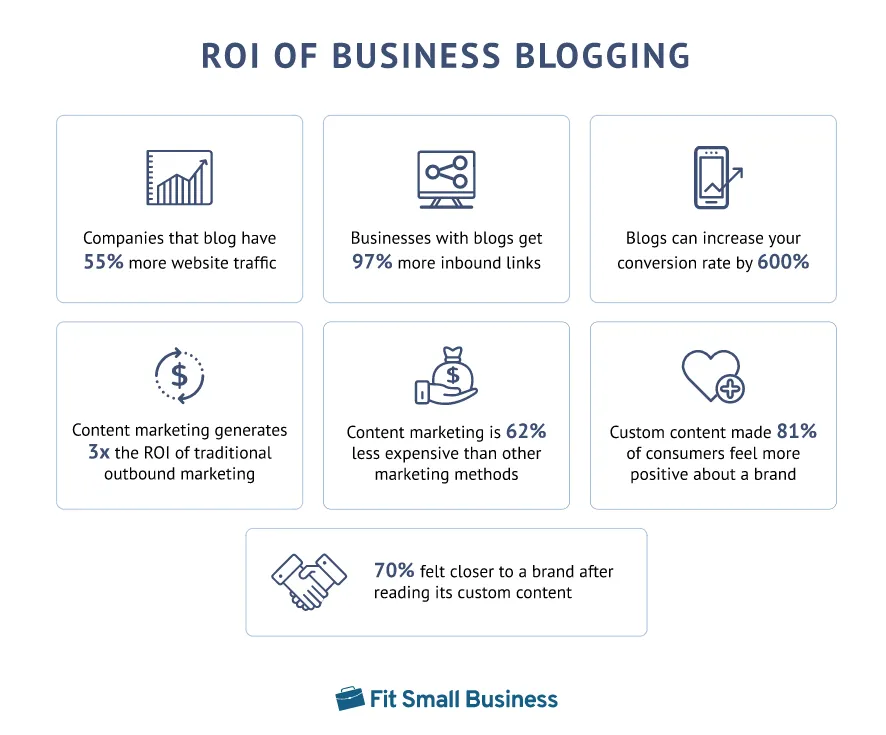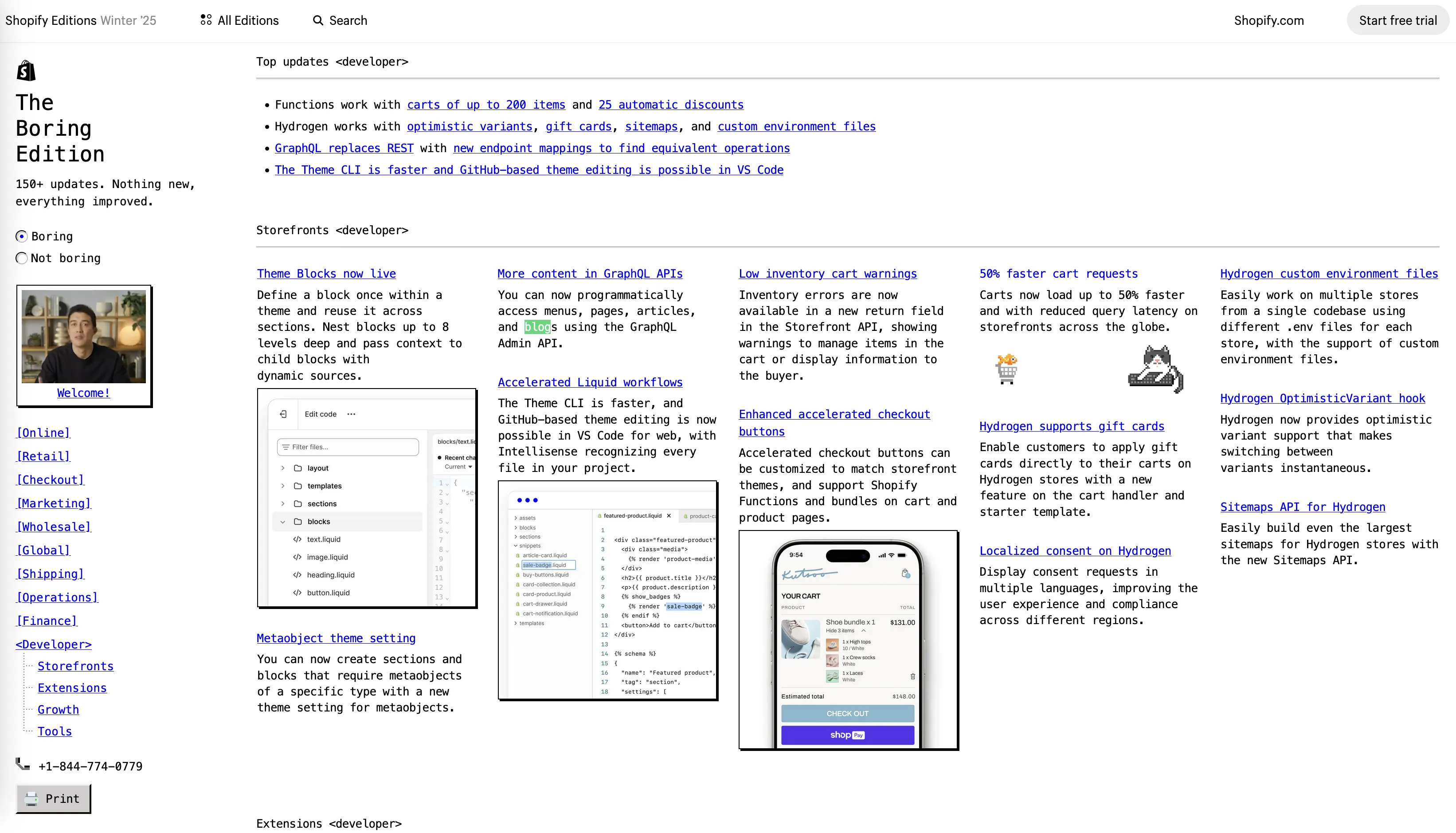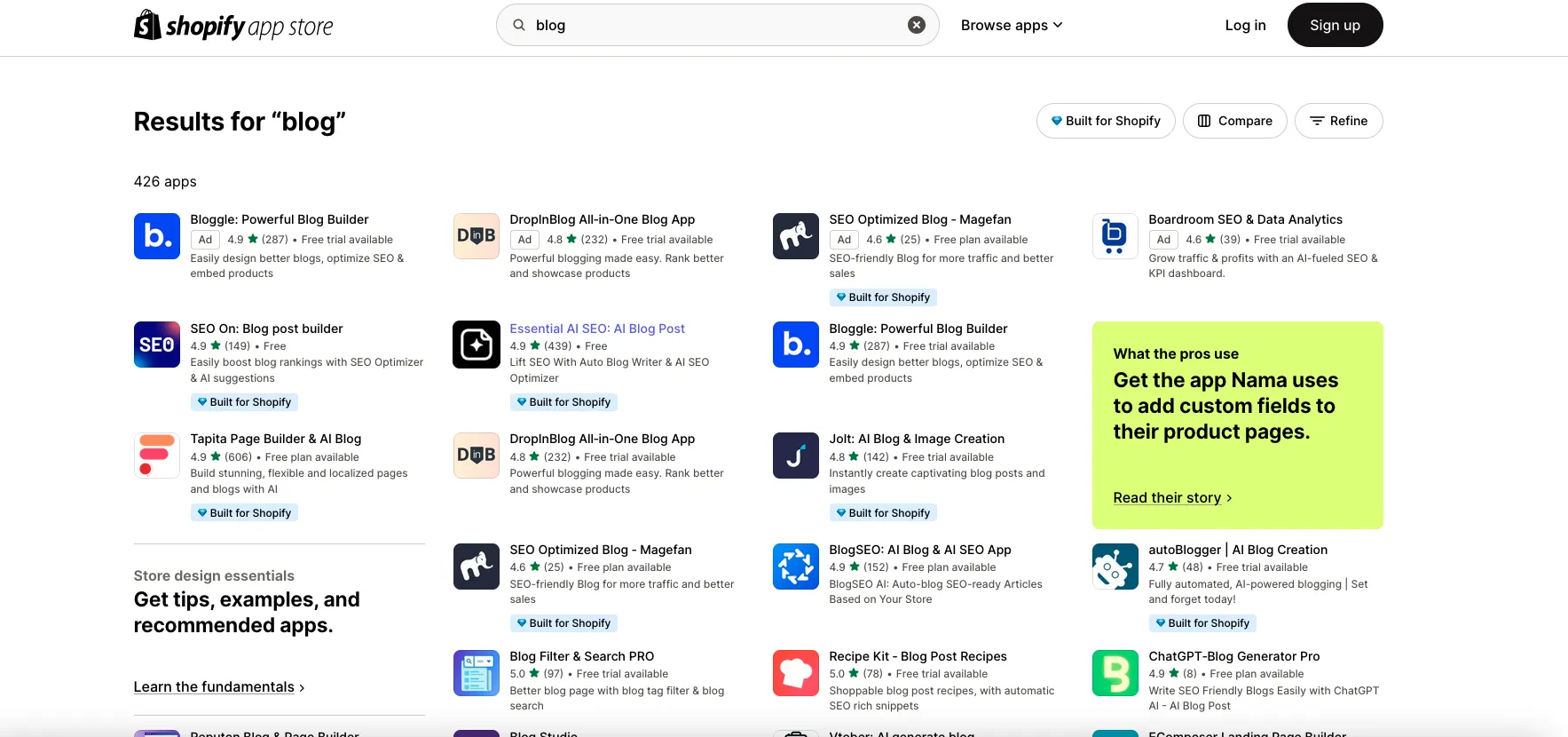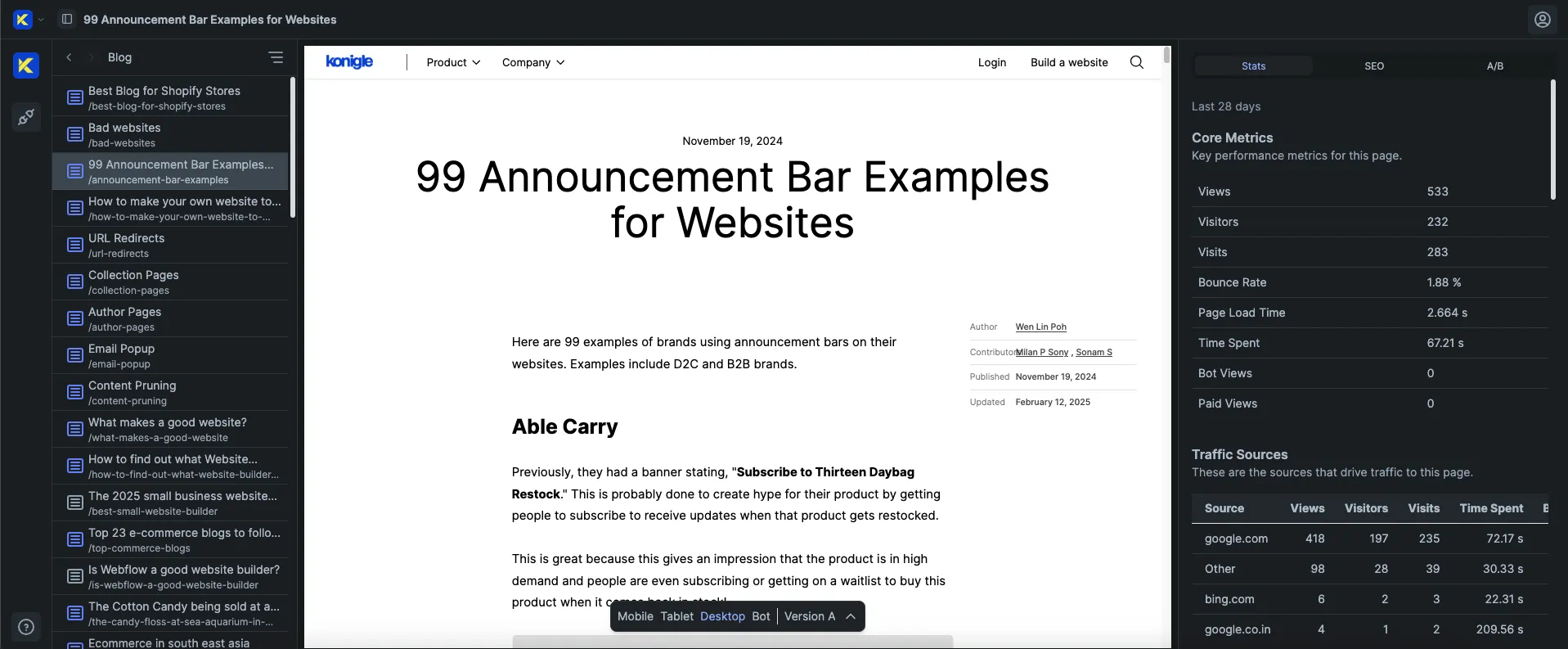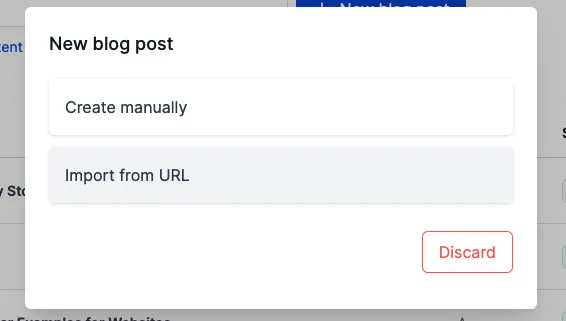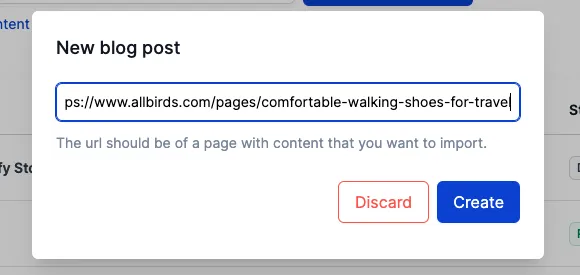February 13, 2025
Blog for Shopify
Shopify's built-in blogging capabilities and available third-party blogging apps often fall short of merchants' needs, limiting their ability to attract organic traffic. Konigle offers a simple solution with easy-to-use yet powerful features that helps fix this.
If you run your ecommerce store on Shopify, you know that getting organic traffic from search engines is tough with the basic Shopify blog setup. In fact we analyzed over a billion dollars in GMV of Shopify stores using Konigle across the past three years and found that over 75% of traffic that resulted in revenue came was via paid ads.
This means most store owners depend on ads to get visitors. But ad costs keep going up, making this an expensive and unsustainable way to grow your business. The most profitable way to make money online is to drive organic traffic to your website.
A blog is one of the easiest and best ways to get organic traffic and build an email list > which means profits and consistent sales.
Does Shopify Have a Blog Feature?
Yes, Shopify does have a blog feature. However, it comes with a lot of limitations.
"Many e-commerce platforms offer convenience at the cost of SEO flexibility. Shopify is no exception." - CRO Media
While Shopify is great for eCommerce (read : checkout), its blog system isn't designed for content marketing. Shopify’s blogging tool-less flexible and lacking several critical SEO aspects.
It is not difficult to understand how important the blogging feature is for Shopify - we just need to look at their latest Shopify Editions - which has over 150+ product improvements and only one mention of blogs, that too in their developer API (read : blogs aren't a native importance for Shopify, let it be managed by apps ).
What are Shopify’s native blog limitations?
The default blog on Shopify has a lot of limitations which prevent the growth in it. Some of them are:
Limited Customization – Shopify’s default blog templates don’t allow much customization to make it look branded and ensure a good reading experience.
Rigid URL Structure - Shopify has a fixed URL structure, which may limit flexibility for SEO.
Duplicate Content Issues - Shopify's platform structure can generate duplicate content across product pages, collections, and blog posts.
Analytics Scripts - Shopify automatically adds analytics scripts to the head section of each page, which can slow down site performance.
Limited JSON-LD Markup - Shopify offers limited support for JSON-LD, and recent changes removed default review markup.
Lacks SEO Features – Shopify’s blogging system has a lot of SEO limitations, including restricted control over robots.txt and sitemaps, and title tag constraints, all of which can impact search performance.
Poor Content Management – Shopify’s CMS is very bad in terms of UI, and the writing experience is also bad. There is no advanced analytics to track the results from blogs too.
Alternatives to Shopify Default Blog
1. Using a Third-Party Blogging Apps
Due to the limitations in the default blog, some store owners consider third-party blogging apps from the Shopify app store to improve it. And there are many options available there.
Most of these blogging apps charge a high recurring monthly fee ($25 to $50) just for this blog's functionality and features. Even then there are a lot of limitations since it's within the Shopify ecosystem itself.
You still can't freely adjust your blog’s URL structure, or fix duplicate content issues and also will require coding or a developer to make advanced changes.
2. Using Konigle for Blogs
Another easy option is to use software like Konigle for creating and managing your blogs. This way you can fully own your content and have full control over it.
It is way cheaper - starts at just $29 a month with hosting, analytics, SSL, better indexing and much more.
Some notable features are:
- Advanced SEO settings
- Custom URL structure
- Superfast performance
- E-E-A-T optimized Author Pages
- Email Popups
- Add Rich Text Schema
- Robots.txt Generator
- In-built Email Marketing
- Comments Manager
- Visitor Analytics
- Forms
- Fast indexing with IndexNow
Also, it's super easy to import your existing blogs from Shopify or anywhere else to Konigle with the import option.
How to import your blog to Konigle
1. Go to the blog menu and click on "+ New Blog Post"
2. Click on "Import from URL"
3. And the URL and click on Create
Subdomain vs. Subfolder: Which is Better for your blog?
One big SEO question is whether to put your blog on a subdomain (blog.yourstore.com) or a subfolder (yourstore.com/blog). Google has said that both can work, but subfolders are generally better for SEO because they keep all content under one domain, helping it rank higher.
Shopify does allow blogs to be placed in subfolders (e.g., yourstore.com/blog/), but it forces a rigid structure (/blogs/news/), which isn't ideal for SEO. The main issue is the lack of flexibility in URL structures and customization.
So if you want a fully separate blog (not using Shopify’s built-in system), you must use a subdomain (e.g., blog.yourstore.com) because Shopify does not let you host external content inside a subfolder.
Konigle allows you to place your blog in a subfolder with high flexibility in URL structures, ensuring better search rankings and better organizing.
Shopify Store Owners Are Moving Away From Shopify’s Blog
Due to all these reasons, most of the Shopify store owners are looking for a better alternative to move their blogs.
Many store owners consider WordPress as an alternative to Shopify’s built-in blog. While WordPress offers greater flexibility and advanced SEO capabilities, it also comes with the following challenges:
- Hosting & Maintenance – You need to manage hosting, updates, and security, which can be complex. Also, WordPress has weak security.
- Integration Issues – Connecting WordPress to Shopify requires extra plugins and setup.
- Separate Platforms – Running two different systems (Shopify for eCommerce, and WordPress for blogging) can be difficult, especially because WordPress is more technical.
With Konigle, you get the best of both worlds—a blogging system with powerful SEO features that is built specifically for these use cases, without the technical hassle of managing a separate WordPress site and its maintenance.
🍒 Cherry on the Top
So if you are also fed up with all the chaos that running a blog for a Shopify store is and want to put an end to this, let us help you.
For those ready to migrate their Shopify Blog to Konigle with, we’re offering :
✅ Free blog migration : We will set up and migrate the blog for you.
✅ 1:1 onboarding call – We will hear you and provide some useful suggestions on how you can use the blog to drive not just traffic but highly interested buyers.
Join thousands of Shopify merchants who have switched to Konigle and started growing their traffic and business.

